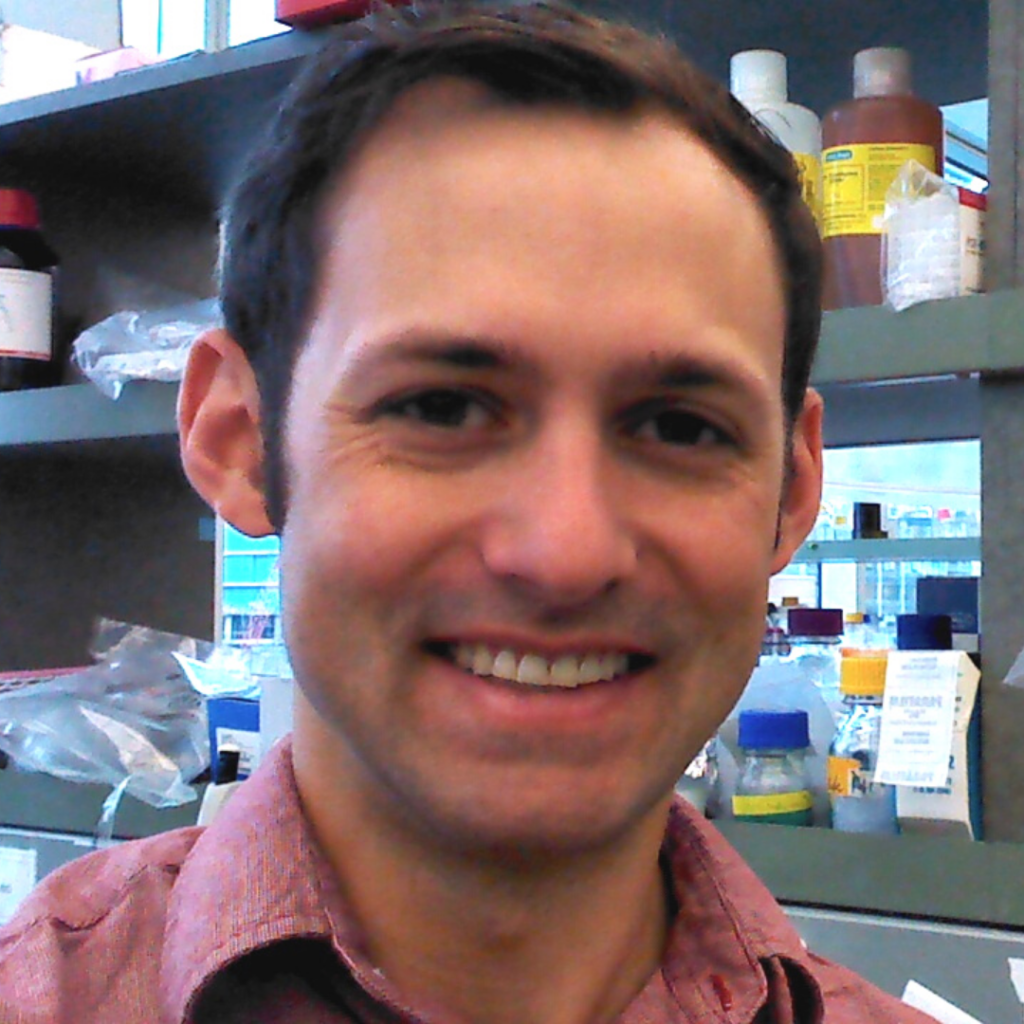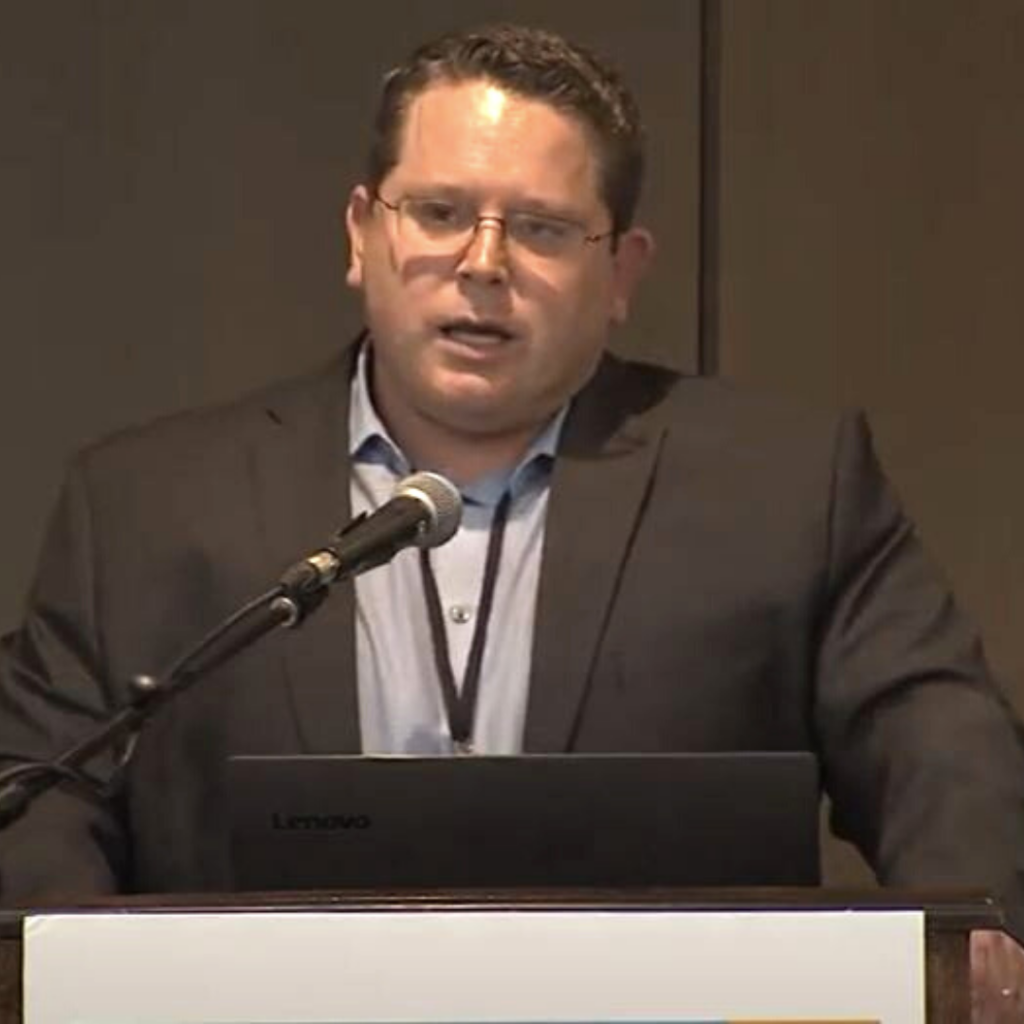Mar 3, 2022
Advances in AMD Research: Highlights from View Point
This February we recognized Age-Related Macular Degeneration (AMD) Awareness Month with a special View Point. Our expert panel discussed geographic atrophy (GA), new research on a potential antibody treatment, biosimilars and more. You can read the highlights of this discussion below, or watch the full session here.
Dr. Peter Kertes: Dry AMD and Geographic Atrophy

What are the different types of AMD?
There are two forms of AMD: wet and dry. In wet macular degeneration, abnormal blood vessels grow and leak in the macula, or central part of the retina. This leakage impacts central vision that you use for reading, driving and colour vision.
The dry form of macular degeneration can show a huge range of impact. Most people have minimal symptoms, but there are some that can develop severe vision loss with a condition called geographic atrophy (GA). Dry AMD also has the potential to develop into the wet form, so it is very important to check your vision for any blank spots or distortions one eye at a time and get regular check-ups with your eye doctor.
What is geographic atrophy?
In GA, the layer under the retina called the retinal pigment epithelium (RPE) begins to wear out. Photoreceptors rely on this layer for nutrition and when the RPE disappears, photoreceptors die and ultimately cause vision loss.
Most people with dry AMD will have minimal vision loss, but there is a subset of people who will develop GA. It is thought that 85% of people with AMD have the dry from, but 85% of AMD related vision loss happens with the wet form.
Are there any current or new treatments for dry AMD or GA?
Currently there are no approved treatments for dry AMD or GA. This makes it a very exciting area of research and there are new treatments being developed in the lab and in clinical trials.
In GA the immune system goes awry and causes damage to the central retina. There are some drugs in development that will act to block this immune reaction and hopefully slow the progression of dry AMD. This treatment is not yet approved in Canada and US but we anticipate approval pretty soon.
Stem cell therapy or cell replacement therapy also shows promise for the treatment of GA. In these therapies, cells that have died will be replaced and this may be able to not only stop the progression of the disease, but also restore some vision. However, these treatments are still being investigated and are some years off from being available to patients.
Dr. Levi Blazer: A Potential Antibody Treatment for Wet-AMD
Fighting Blindness Canada recently awarded Dr. Sachdev Sidhu a research grant to support development of a potential new treatment for wet-AMD. Dr. Blazer, a member of the Sidhu lab joined us to discuss this project.

What is the blood-retinal barrier and why is it important in diseases like AMD?
The blood retinal barrier is a system that protects the sensitive cells in the eye from substances that circulate in the blood stream. The blood retinal barrier is a series of cells that are tightly connected and only allow certain molecules through. For example, they closely control the amount of water that flows through so that eye pressure is maintained.
In retinopathies like wet AMD, the blood retinal barrier can be weakened and break down. This can lead to damage to the sensitive cells of the retina resulting in vision loss.
What is an antibody and why are you looking at these to develop new treatments?
Antibodies are a type of protein that are made by our immune system. These proteins travel around the body and identify things that shouldn’t be there, like bacteria and viruses. When they find an intruder, they bind to it and signal the immune system to remove it.
In antibody science, we have engineered antibodies that do not interact with the immune system but can still bind to certain receptors on cells. For example, we are testing antibodies that can bind to specific cells in the blood retinal barrier. Once these antibodies are attached, they activate these cells to form solid connections to repair the barrier. We have chosen to experiment with antibodies because they are incredibly specific in recognizing proteins in the body in a way that most drugs are unable to do. Our preclinical work is looking very promising that this therapy will be able to help to rebuild the damaged blood retinal barrier.
Dr. Bernie Hurley: Introduction to Biosimilars

What are biosimilars?
To understand biosimilars we can compare their development to generic drugs. Common medications like Tylenol and Asprin are made up of small and simple molecules. Because these drugs are relatively simple, another company can take the same chemicals, copy the recipe, and make an exact replica of drug, which we call a generic.
There is another, newer category of drugs called biologics, and these contain larger, more complex molecules. These drugs cannot be simply put together by combining ingredients. A good example of this is insulin. Insulin is produced by an organ called the pancreas and traditionally we have used the pancreas of animals to produce insulin for human use. We now have better ways of making it, but we are still relying on cells to help synthesize this much more complex molecule.
There are now manufacturers that are reproducing biologics. However, as the biological systems used to make them are complex, there may be tiny differences between these new drugs and the originals. Therefore, biosimilars are copies of biologic drugs that are not exactly identical but have the same effect in the body.
How are biosimilars different from pre-existing drugs to treat AMD patients?
The anti-VEGF drugs that are used to treat wet AMD are biologics. When these drugs were developed, they underwent a lot of clinical testing to make sure they were effective and safe.
We are now starting to see biosimilars appear for these traditional drugs. Before biosimilars can be made available, clinical trials must show that their chemical structure is sufficiently close to that of the original drug, and most importantly that they will have the same effect in the body.
How do you expect the introduction of biosimilars to impact people living with AMD?
Currently anti-VEGF biosimilars have only been tested in clinical trials in Canada, but the first ones are likely to be approved for use within the year. The clinical trial data from these drugs demonstrate that they are molecularly similar and work the same way as the traditional biologics.
Like generics, biosimilars will provide a less costly alternative to the traditional biologic drugs. This makes them very appealing to the agencies that fund healthcare, as they could represent a huge cost savings to the system. The concern for physicians and patients, is that if patients are already on a particular therapy that works well for them, will they be expected to change their medication to something with less clinical experience? The overall concept of having more options for medications is positive, but it will depend on how they are implemented within the system.
To learn more about View Point and watch past sessions, please visit our Educational Events page.

Join the Fight!
Learn how your support is helping to bring a future without blindness into focus! Be the first to learn about the latest breakthroughs in vision research and events in your community by subscribing to our e-newsletter that lands in inboxes the beginning of each month.

